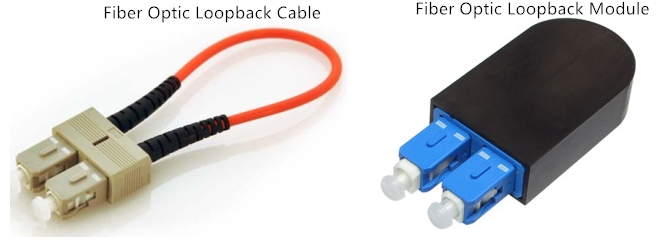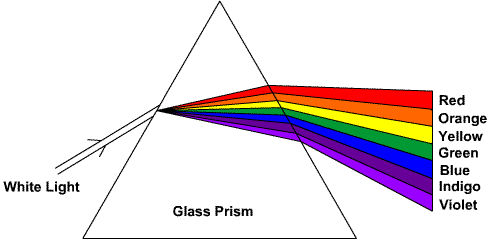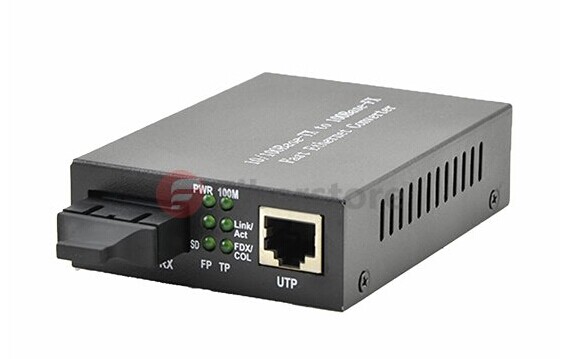Gigabit passive optical network (GPON) is a point-to-multipoint access mechanism providing end users with the ability to consolidate multiple services onto a single fiber transport network. To realize this technology, many devices are used to support the network, such as optical splitter, ONT, OLT, etc. In this article, we will mainly discuss the functions of ONT and OLT in GPON network.
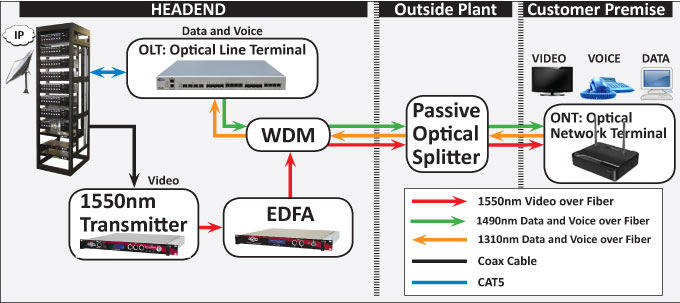
Functions of ONT and OLT
Optical network terminal (ONT) is an optical modem that connects to the termination point with an optical cable. It is used at end user’s premise to connect to the PON network on one side and interface with the user on the other side. Data received from the customer end is sent, aggregated and optimized by the ONT to the upstream OLT. ONT is also known as optical network unit (ONU). ONT is an ITU-T term, while ONU is an IEEE term. They both refer to the user side equipment in GPON network. A small difference between them might be the application locations. ONU can work in different temperature and weather conditions.
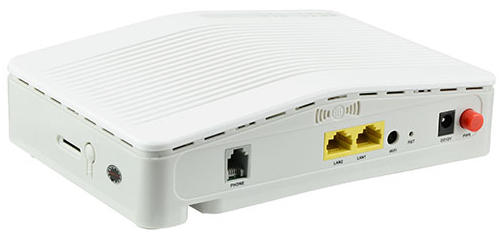
Optical line terminal (OLT) is the endpoint hardware equipment located in a central office of the PON network. Its basic function is to control the float information in optical distribution network (ODN) to go in both directions. OLT converts the standard signals used by fiber optic service (FiOS) to the frequency and framing used by PON system. In addition, it coordinates the multiplexing between the ONT conversion devices. There are two float directions for OLT system. One is the upstream direction to distribute different types of data and voice traffic from users. The other is the downstream direction which gets data, voice and video traffic from metro network or from a long-haul network and sends it to all ONT modules on the ODN.
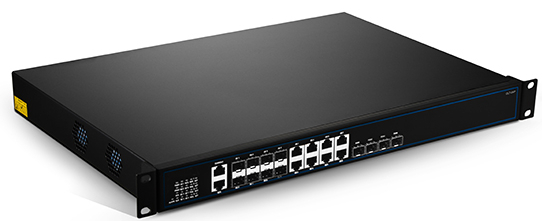
How to Add or Delete ONT on OLT?
If the password of an ONT is obtained, you can run the ONT add command to add the ONT offline. However, if the password is unknown, you can run the port portid ont-auto-find command in the GPON mode to enable the ONT auto-find function of the GPON port, and then run the ONT confirm command to confirm the ONT. When the ONT is added, you need to run the display ONT info command to see the current status of ONT. If the control flag is active,
When you need to delete the ONT on OLT, please use the delete command. Then ONT configuration data is deleted with the deletion of the ONT and the online ONT is forced offline. ONT can’t be deleted when it has been configured with other services. You need to unbind the service first before delete the ONT.
How to Troubleshoot ONT?
To troubleshoot the ONT, you should remember that the most important step is to connect your computer directly to the ONT to see if the problem goes away. You can use the Ethernet cable for connection. If the problem still exists, you can reconnect the ONT power supply to clear its internal cache. If the network can not be restored after the above methods, maybe you need to consult professionals for help.
Conclusion
ONT and OLT are indispensable components in the GPON network system. If you are considering to purchase the ONT or OLT devices, FS.COM is a good place to go. Different types of ONT and OLT equipment are provided with high integration, flexible adaption and great reliability to meet all your requirements.
Related Article:
Comparison Between EPON and GPON
ABC of PON: Understanding OLT, ONU, ONT and ODN




